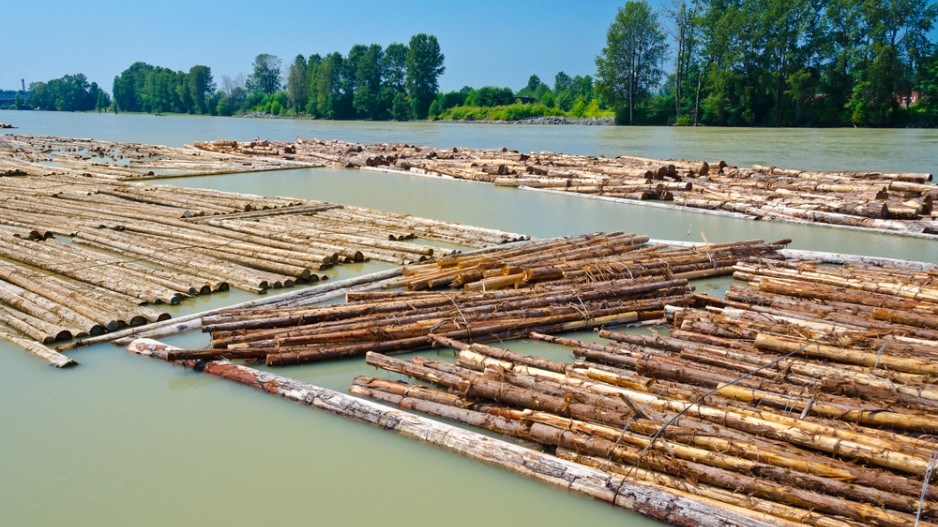BC forestry companies have posted mid-year earnings that would have looked a lot better had the first quarter not been such a drag.
Second-quarter financials for B.C.'s biggest forestry companies reflect a rebound from a poor first quarter, in which shipments of lumber, pulp and paper were dramatically reduced by a port truckers' strike and railcar shortage resulting from a severe winter.
A 9% BC Hydro electricity hike also hit pulp and paper mills hard.
Canfor Corp. (TSX:CFP), which has both lumber and pulp operations, posted net income of $123.1 million in the first half of this year, compared with $181.8 million for the six months ended June 30, 2013.
West Fraser Timber Co. Ltd. (TSX:WFT) reported higher shipments of lumber in Q2 offset by lower prices, and increased shipments of pulp offset by increased costs. It had net earnings of $146 million in the first half of 2014 compared with $176 million during the same period in 2013.
Western Forest Products Inc. (TSX:WEF) reported net income of $52.8 million in the first half of 2014, compared with $58.3 million in the first half 2013.
Prices for western spruce-pine-fir 2x4s – the bellwether for B.C. – remained flat in Q2 compared with the previous year at US$335 per thousand board feet, said Scotiabank commodity analyst Patricia Mohr.
A severe winter put a crimp in construction south of the border in the first quarter, and the pace of growth in the U.S. housing market has been “a little on the disappointing side,” Mohr said, because U.S. banks have tightened credit standards, resulting in fewer mortgages and new housing starts.
On July 30, the U.S. reported a 4% increase in GDP for the second quarter – better than many economists expected – which should bode well for Canadian lumber producers in the coming months.
Pulp mills in B.C. are benefitting from high prices, but it may not last. The northern bleached softwood kraft that many B.C. mills produce fetched US$1,030 per metric tonne in the first half. The high was US$1,035 per tonne in June 2011.
But those prices were driven more by tight wood supplies than market demand, Mohr said, and may come down when new hardwood supplies from South America start coming on the market.
As for paper mills, they still face long-term “structural” declines in demand for newsprint and magazine paper.
Catalyst Paper Corp. (TSX: CYT) – which was forced to seek creditor protection in 2012 – posted second-half earnings that were an improvement over last year but that still show a net loss. Catalyst posted a net loss of $10.1 million in the first half, compared with a net loss of $37.8 million in H2 2013.
It has increased its productivity, but any gains made were offset by things like a power bill hike of $1 million per month.
BC Hydro recently announced funding that will cover up to 75% of the costs of investing in energy efficiency for pulp and paper mills.





